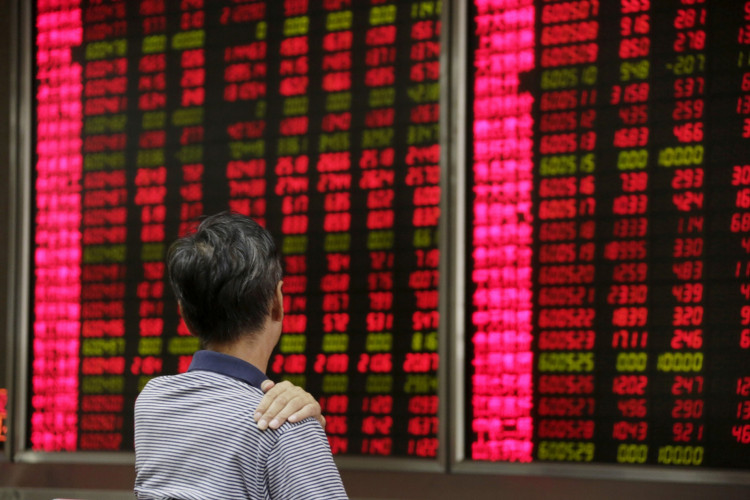Chinese stocks experienced their most substantial rally in years on Tuesday, buoyed by the Chinese government's decisive intervention to stabilize the market after a prolonged period of decline. The Shanghai Composite Index, which tracks large state-owned enterprises and blue-chip companies in mainland China, surged 3.2%, ending a six-day losing streak and recording its most considerable daily gain since March 2022. The Shenzhen Component Index and the startup-focused ChiNext index also witnessed remarkable increases, with gains of 6.2% and 6.7% respectively, signaling a broad-based market recovery.
The rally extended to Hong Kong, where the Hang Seng Index climbed 4%, driven by a surge in Chinese tech stocks, including a notable 7.6% jump in Alibaba Group shares ahead of its earnings announcement. This positive momentum had a ripple effect, influencing European markets, with the Stoxx 600 index opening higher, although it saw a modest increase by mid-morning. US stock futures, however, presented a mixed picture.
This resurgence in Chinese equities follows a challenging period marked by a significant erosion of market value, with approximately $6.1 trillion wiped off the Chinese and Hong Kong stock markets since their peaks in February 2021. Central Huijin Investment, a subsidiary of the state-owned China Investment Corp, played a pivotal role in this rebound by announcing an expansion in its holdings of exchange-traded funds (ETFs) on mainland stock markets. This move was part of a broader strategy to stabilize the capital market, as articulated in a statement that emphasized the commitment to "resolutely maintain the stable operations of the capital market."
The China Securities Regulatory Commission (CSRC) echoed this sentiment by expressing firm support for Central Huijin Investment's efforts and advocating for increased participation from institutional investors, including mutual funds, state pension funds, and insurers. This coordinated approach comes in the wake of a significant market downturn that saw over 1,800 stocks in Shanghai and Shenzhen plummet by more than 10%.
The CSRC's encouragement for institutional investment signifies a strategic attempt to inject confidence into the market, counteracting the recent sell-off and addressing the underlying economic challenges, such as weak demand, deflationary pressures, and a beleaguered real estate sector. These efforts, however, do not obscure the ongoing structural issues facing the Chinese economy, including the fallout from the Evergrande crisis, which has heightened investor anxieties and underscored the fragility of the real estate market.
While the immediate market response to the government's intervention has been overwhelmingly positive, it remains to be seen whether these measures will provide a durable solution to the underlying economic and structural challenges. The recent market rally, although significant, underscores the delicate balancing act facing Chinese policymakers as they strive to stabilize the market while addressing the broader economic malaise.






